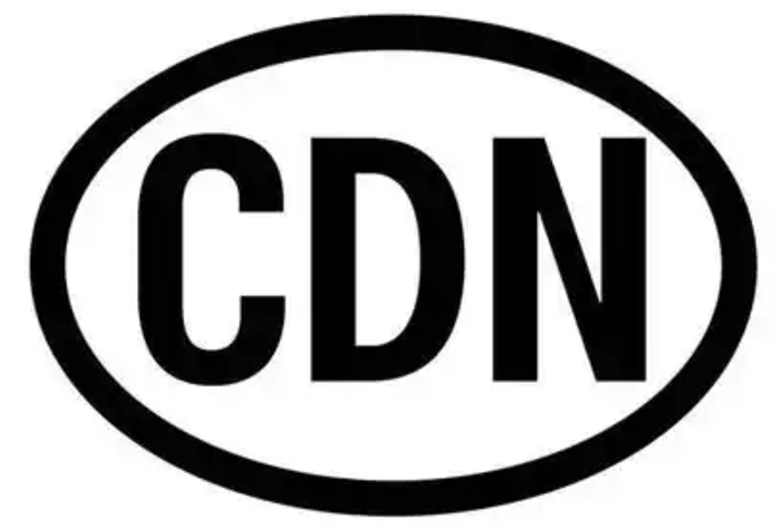
Content Delivery Networks (CDNs) have been a cornerstone of the internet, enabling faster and more reliable delivery of content to users worldwide. However, as demand for online content grows exponentially, traditional CDNs face challenges in scalability, cost, and centralization. Enter the era of decentralized CDNs (dCDNs)—a transformative approach that leverages blockchain, peer-to-peer (P2P) networks, and distributed infrastructure to redefine content delivery.
This article explores the key concepts, advantages, and challenges of decentralized CDNs, and how they represent the future of content distribution.
1. What is a Decentralized CDN?
A decentralized CDN (dCDN) distributes content using a network of decentralized nodes, often powered by P2P technology or blockchain. Unlike traditional CDNs that rely on centralized data centers, dCDNs leverage user devices or distributed servers to share bandwidth, storage, and processing power.
Example: Users contribute their unused bandwidth to serve content to others, creating a self-sustaining network.
Key Technologies:
Blockchain: For secure, transparent, and trustless coordination.
P2P Networks: For sharing resources directly between nodes.
2. Key Advantages of Decentralized CDNs
2.1 Enhanced Scalability
Decentralized CDNs dynamically scale with the number of participating nodes, offering virtually limitless capacity.
Benefit: More nodes mean greater bandwidth and lower latency for users.
2.2 Cost Efficiency
By utilizing existing infrastructure (e.g., user devices), decentralized CDNs reduce reliance on expensive centralized data centers.
Example: Content providers save on operational costs by compensating node operators instead of maintaining large server farms.
2.3 Improved Redundancy
With content distributed across multiple nodes, decentralized CDNs are less vulnerable to outages or attacks.
Use Case: In disaster scenarios, decentralized CDNs ensure continued content availability by relying on redundant nodes.
2.4 Democratized Infrastructure
Participants in decentralized CDNs can earn incentives (e.g., tokens or credits) for contributing resources, creating a more equitable ecosystem.
3. Use Cases for Decentralized CDNs
3.1 Video Streaming
Decentralized CDNs optimize bandwidth and storage for high-demand streaming platforms.
Example: Video-sharing platforms like Livepeer use dCDN models to reduce costs while maintaining quality.
3.2 Gaming
Low-latency content delivery for multiplayer gaming and downloadable assets is a key application of dCDNs.
Benefit: Players enjoy faster updates and smoother gameplay experiences.
3.3 IoT Networks
dCDNs support IoT ecosystems by providing efficient content delivery across geographically dispersed devices.
Example: Firmware updates for smart devices distributed via P2P nodes.
4. Challenges of Decentralized CDNs
4.1 Network Reliability
While redundancy is a strength, ensuring consistent performance in a decentralized environment can be challenging due to node variability.
4.2 Security Concerns
Decentralized CDNs must address potential risks such as data breaches, node impersonation, and malicious activity.
Solution: Implement blockchain-based security protocols and robust encryption.
4.3 Adoption Barriers
The success of decentralized CDNs depends on widespread adoption by both content providers and end-users.
Challenge: Educating stakeholders about the benefits and incentivizing participation.
5. Technologies Enabling Decentralized CDNs
5.1 Blockchain for Trust and Transparency
Blockchain ensures immutable records of transactions, enabling trustless interactions between nodes.
Example: Smart contracts automatically compensate node operators for their contributions.
5.2 P2P Protocols
Protocols like BitTorrent allow nodes to efficiently share and retrieve content.
5.3 Edge Computing
Decentralized CDNs leverage edge nodes for real-time content processing, reducing latency for dynamic applications.
6. The Future of Content Delivery with dCDNs
6.1 Integration with Web3
Decentralized CDNs align with the principles of Web3, supporting a decentralized internet where users own and control their data.
6.2 Sustainability
By reducing reliance on energy-intensive data centers, dCDNs contribute to a greener content delivery ecosystem.
6.3 AI-Enhanced Optimization
Future decentralized CDNs may integrate AI for dynamic load balancing, traffic routing, and performance monitoring.
Conclusion
Decentralized CDNs offer a promising alternative to traditional content delivery models, addressing scalability, cost, and redundancy challenges through innovative technologies like blockchain and P2P networks. While challenges remain, the potential of dCDNs to democratize content delivery and enhance global user experiences makes them a critical component of the internet's future.
As businesses and developers explore decentralized solutions, adopting best practices and leveraging emerging technologies will unlock the full potential of this transformative approach to content delivery.

